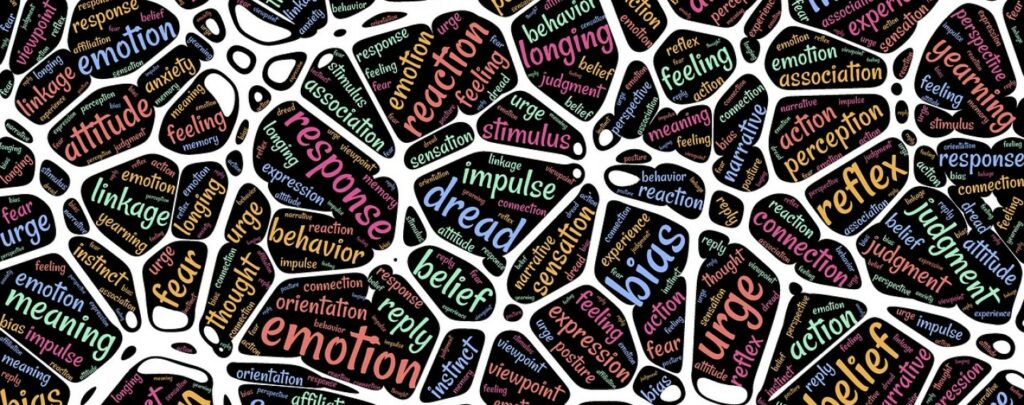It is said that the human brain has an estimated storage capacity of 256 billion gigs(!), the equivalent of 1.2 billion average personal computer hard drives, enough CDs to make a stack which would reach beyond the moon and 15 libraries for every person on the planet!

Luckily as a teacher you don’t need to understand all the intricate processes behind how one’s brain works.
However, it is important – and beneficial – for teachers to know how the brain develops and to understand how learners engage with social, cognitive, and cultural experiences in the classroom.
A healthy brain likes to learn!
The experience of learning was summed up by Carl Sagan, the world- famous astronomer, scientist and author, in the most succinct way, “The brain is like a muscle. When it is in use, we feel very good. Understanding is joyous.”
Our brains are constantly active
While you’re reading this, different parts of your brain are working in different ways. One part is blocking or tuning out background noises, like music or voices. Another part is ignoring what is going on around you. Yet another part is focused on the words in front of you.
The brain does not mature at the same rate in everyone
Just like our bodies grow at different rates, our brains do not mature at the same rate.
Just because you have a classroom filled with learners of roughly the same age, it does not mean that they are equally ready and receptive to learn a specific concept, idea, or topic. Thus, the different developmental levels of the learners you teach must be kept in mind at all times, whilst you are preparing a lesson or standing in front of a class.
The brain is a social organ
Our brains need stimulation to survive and thrive. It also needs positive social experiences, especially in the classroom, to optimise learning.
Educators should never underestimate the value of optimism, encouragement and giving learners the benefit of the doubt, research has shown.
Variety is the spice of life
Young people learn best if they are exposed to a variety of ideas, experiences, skills, and content. A one-size-fits-all approach in the classroom is counterproductive.
Varying the ways in which you convey info is important because learners learn or process information in different ways, they have different life experiences and, as mentioned earlier, the maturity of the brain differs from learner to learner.
The brain has a short attention span and needs repetition
As our brains evolved, it had to learn to remain vigilant in an environment that was constantly changing. This evolution of the brain leads to mankind learning better in brief intervals.
This is one of the most important reasons why variation in the classroom (also see: Variety is the spice of life) is an absolute must.
Learners benefit from lessons where important points are repeated throughout and where teachers make a conscious effort to draw their attention back to what is discussed. Repetition deepens learning, neuroscientists say.
6 tips for learners to train the brain
- Exercise
- Read every day
- Write down ideas
- Practice deep listening
- Get out of your comfort zone
- Do something different often